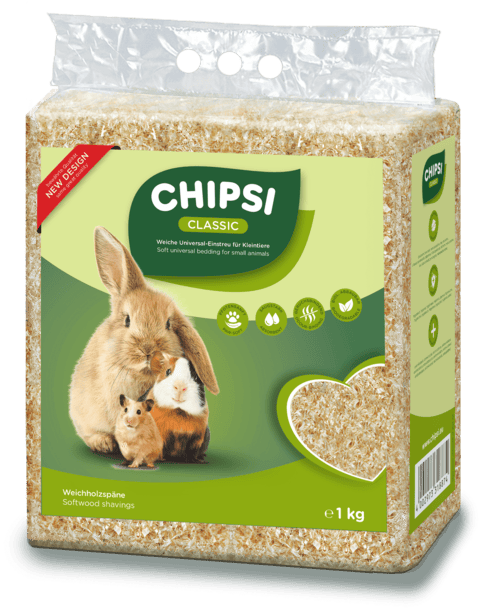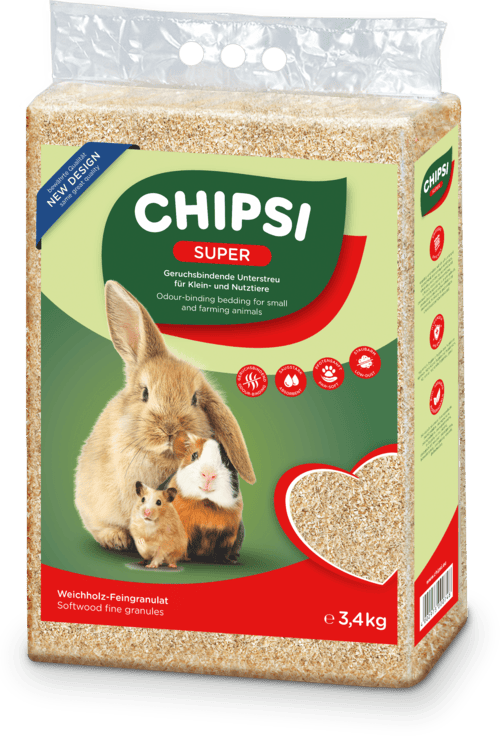Alpacas - Gentle wool wonders with a keen social awareness
Species-appropriate husbandry – How to make them feel comfortable
Together instead of alone
Alpacas are herd animals. A minimum of two animals – ideally in harmonious groups of mares or geldings – is mandatory. Solitary keeping is absolutely unsuitable.
Space with an overview
For two alpacas, a minimum of 1,000 m² of pasture is required, plus 100 m² for each additional animal. The fence should be approximately 1.40 m high. A well-ventilated, draft-free stable with a wide exit protects against moisture, wind, and strong sun – not too bright, but openly welcoming.
Structure provides security
In the stable, clear zones for feeding, drinking, and resting should be available – with 2–3 m² of lying area per animal. A paved paddock with non-slip flooring and fenced trees for shade complete the enclosure.

Cleanliness & Hygiene
🧼 Weekly change
💦 Fresh water
Freshness every day
Feces and urine spots must be removed daily. This keeps the stable and run hygienic and the animals healthy.
Thorough cleaning
Completely renew the bedding and floor material once a week. In case of high humidity or a large number of animals, this must be done more frequently.
Maintain water hygiene
Water troughs, buckets, and float drinkers must be clean. Because only fresh water reliably protects against diseases.

Nutrition
🌾 Hay & roughage
🧂 Minerals
Alpacas feed predominantly on fresh grass and hay. Several hay racks standing on the ground in the stable facilitate feeding. Important: always provide access to clean water, e.g., via buckets or float drinkers. Minerals can be provided via salt licks.
Grass as a Foundation
Alpacas feed mainly on fresh grass. Pasture areas are therefore essential for their basic care and well-being.
Hay in the Stable
Several hay racks standing on the ground provide constant access to fiber-rich feed, which is especially important during winter.
Supplement Minerals
Salt licks provide valuable minerals. They support the animals’ metabolism and health.

Activity
☁️ Gentle exercise
🍂 Feed incentives
Varied pastures with slight differences in elevation, visual screens, or groups of trees promote well-being. Small tasks such as scattered feeding spots or time-limited grazing zones encourage exploration and movement – entirely at the pace of these relaxed Andean animals.
Variety brings happiness
Slight differences in elevation, visual screens, or groups of trees encourage the animals to explore and provide variety.
Daily Movement
Alpacas enjoy calm movement. Pastures with structure contribute to their fitness and serenity.
Create Incentives
Scattered feeding spots or time-limited grazing zones encourage the animals to search and graze at their own pace.









